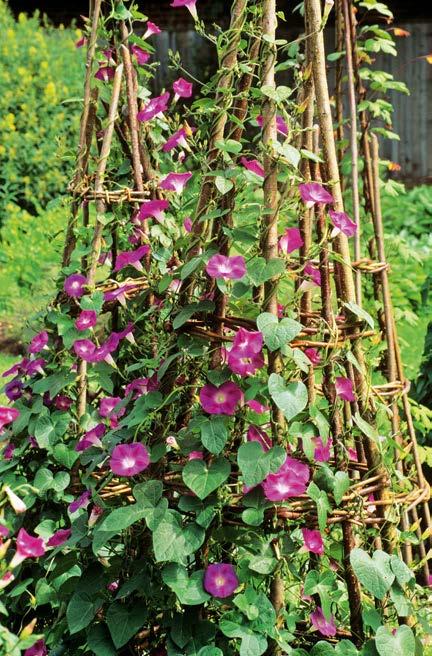






















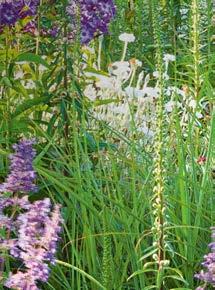












































































Amid the wild, sweeping landscape of North Yorkshire’s Nidderdale, William Moore and John Wilson felt a compelling obligation to make their garden at Cow Close as complementary as possible to its powerful setting
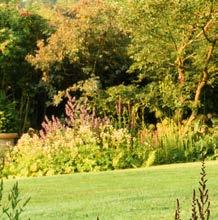

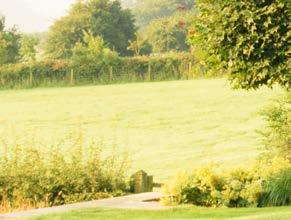
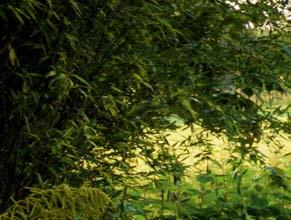
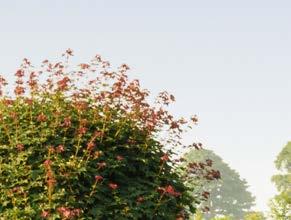
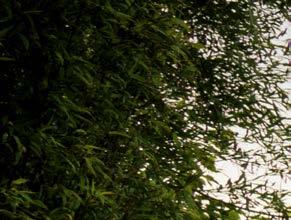
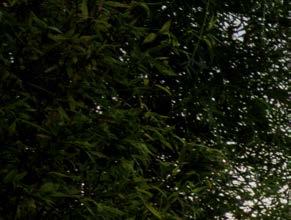
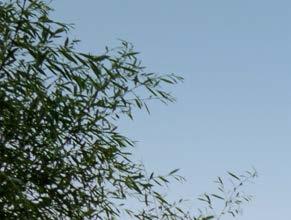
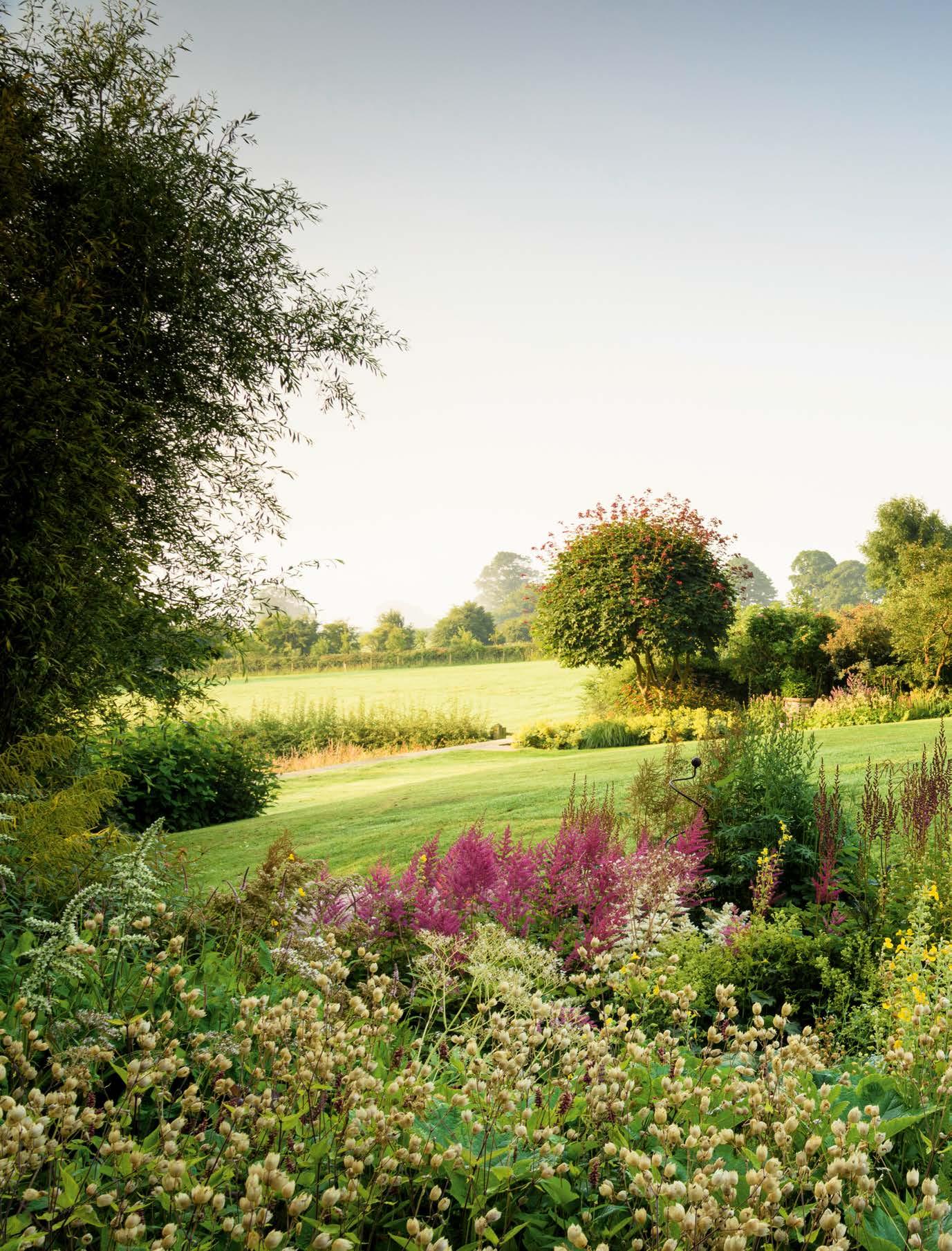
WORDS AND PHOTOGRAPHS CAROLE DRAKE
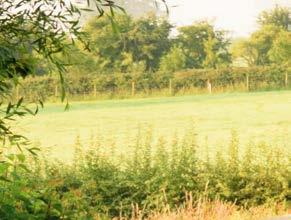


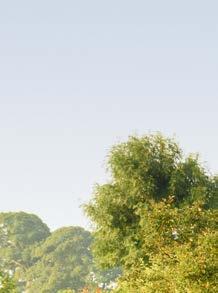
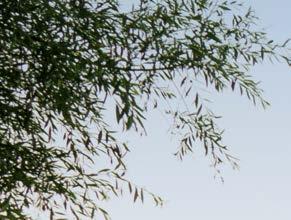


A stream runs through Cow Close, with astilbes, mimulus, ferns and other moisture-loving plants lining its banks.

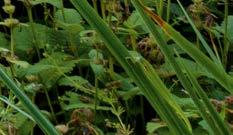
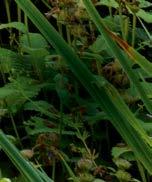

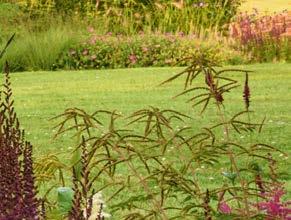
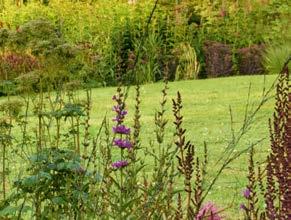
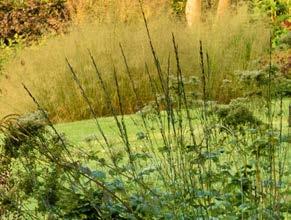
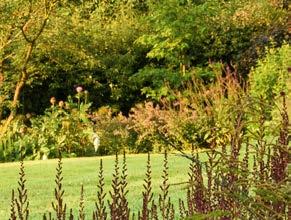
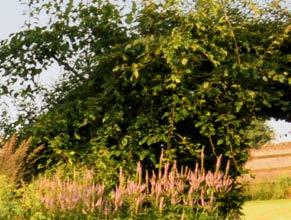
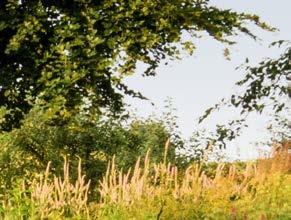
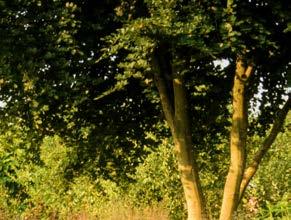
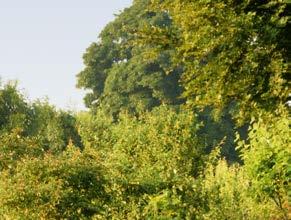
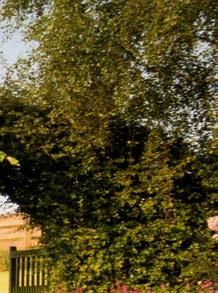

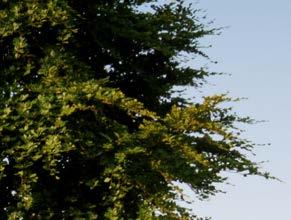
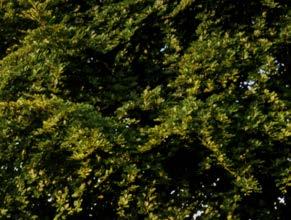

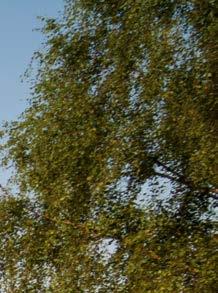

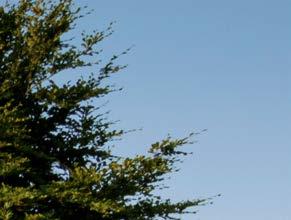
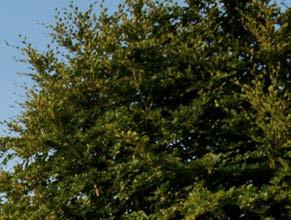

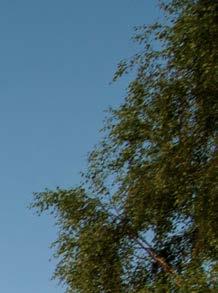








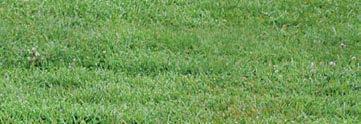

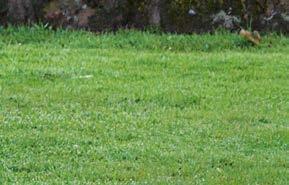


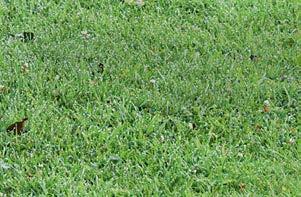
The gardens of Cheshire’s Abbeywood Estate burst into life in high summer, when Harry and Lynda Rowlinson’s exuberant tropical planting in a scorching palette of red-hot colours proves a real hit with visitors

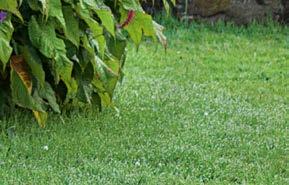
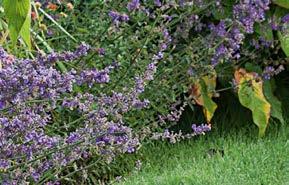

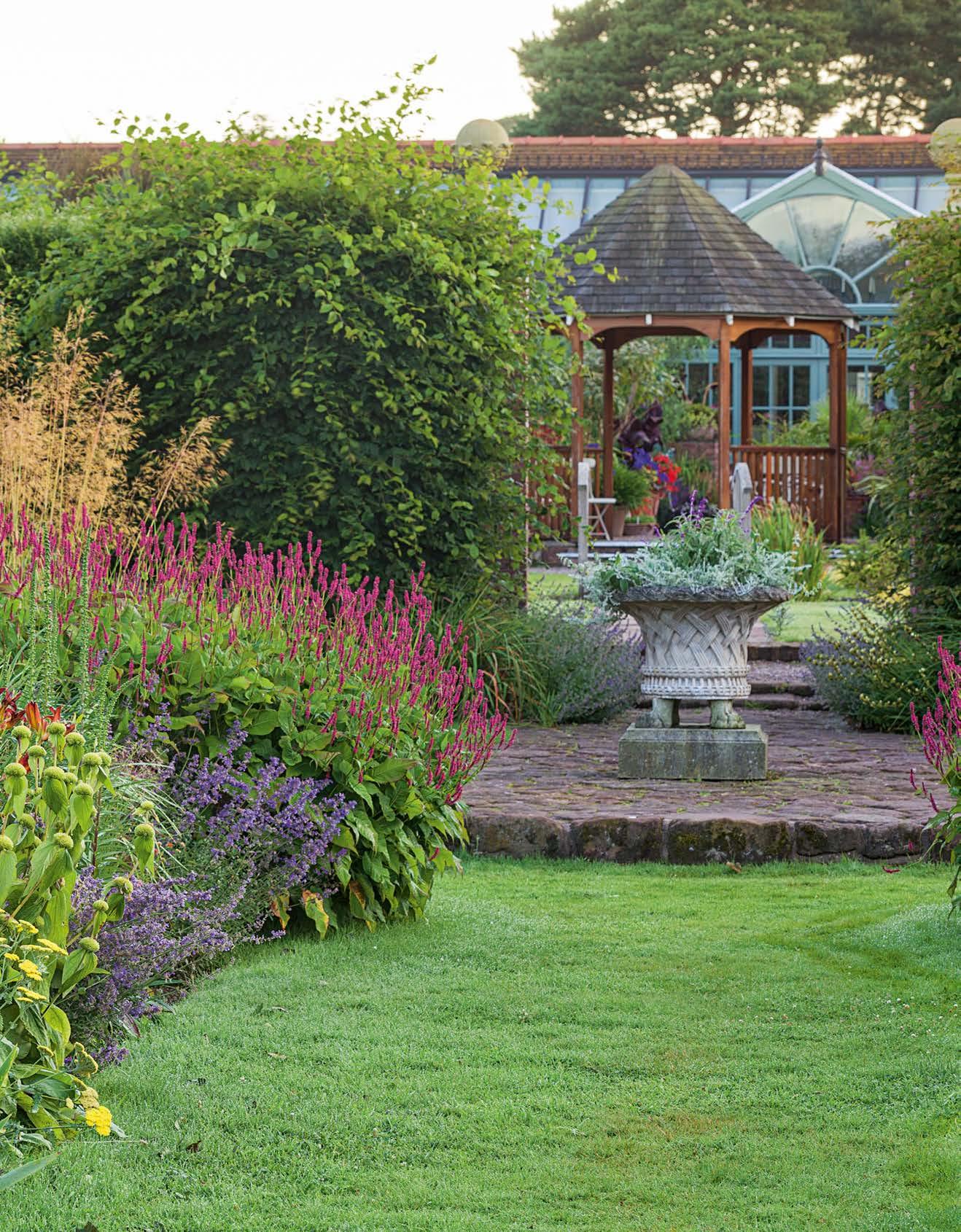

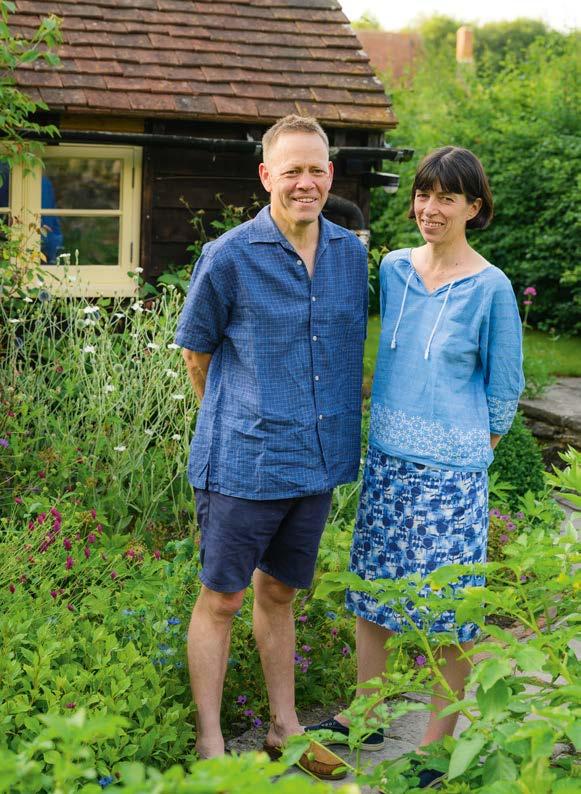
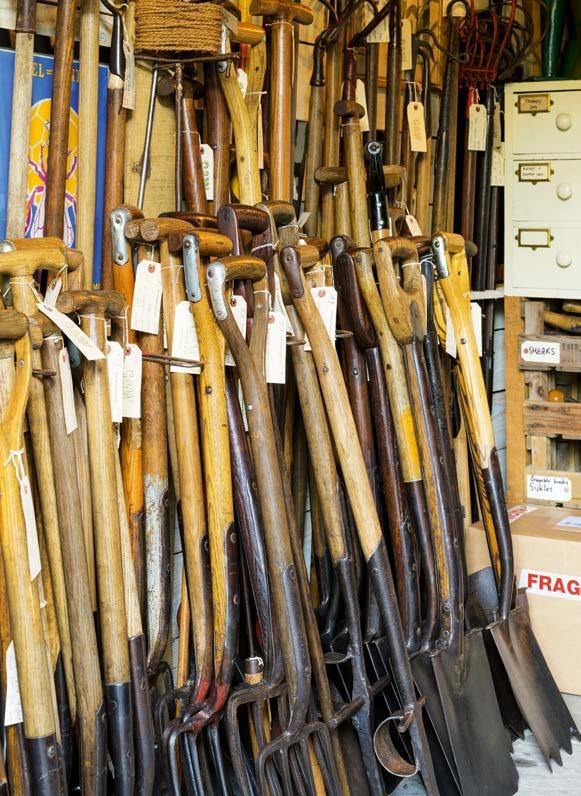 Above Box balls and hedges bring structure to loose, informal planting.
Below right Vintage gardening tools for sale.
Below left Piers Newth and Louise Allen, owners of Dreamers Cottage.
Above Box balls and hedges bring structure to loose, informal planting.
Below right Vintage gardening tools for sale.
Below left Piers Newth and Louise Allen, owners of Dreamers Cottage.
Gardening with the future of the planet in mind is important to many of us. It’s something horticulturists Louise Allen and Piers Newth have been practising for two decades at Dreamers Cottage, in the Oxfordshire hamlet of Little Haseley. “We were aware that the world was heading for an environmental ‘car crash’,” says Louise. “We wanted to live a more sustainable life, but to do it in a beautiful way.” Evidence of sustainable beauty can be found throughout the third of an acre garden surrounding their thatched cottage. From the paths, gates and fences to the rescued and renovated tools that tend the produce, everything plays a part in their vintage tool business, Garden and Wood.
Louise and Piers met as students at RHS Wisley. Years later, while working in senior management roles at Oxford Botanic Garden and Harcourt Arboretum respectively, they began to think about shifting their focus. “We wanted to spend more time in our own garden, doing the things we enjoy,” recalls Louise. “We started Garden and Wood five years after we moved here, and the garden soon became a backdrop to the business.”
Top Rows of brightly coloured flowers for cutting fill this highly productive garden.
Above Bold red climbing rose, Rosa ‘Illusion’, which Piers and Louise grow for its contrast with their mellow stone walls.
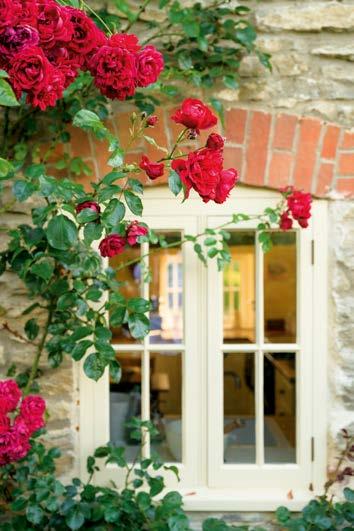
Part of the attraction of Dreamers
Cottage, formerly a gamekeeper’s cottage to the nearby estate of Haseley Court, is its location. “It’s on the village green but set well back from the road,” explains Louise. “We were drawn to the borrowed landscape outside the garden gate. A previous owner of Haseley Court had the power lines around the green buried underground.” Today, anyone visiting the couple will cross the green to reach the front door. It’s rather like stepping back in time – a fitting introduction to a business selling old tools and garden ephemera.
O ering a colourful welcome to the cottage is the vibrant Rosa ‘Illusion’. “Pastel shades don’t work against these stone walls and ‘Illusion’ is a strong enough red to be seen from the road,” observes Louise. “It came from a nursery in Belgium,” adds Piers. “We massacre it every year and it seems to thrive. It has glossy leaves and great hips, but it does have huge thorns.”
The garden was completely overgrown when Louise and Piers took it on. Today, well-managed hedges and clipped box balls provide a strong structure, but one that doesn’t overwhelm. By July, fresh growth brings a subtle softening to any sharp
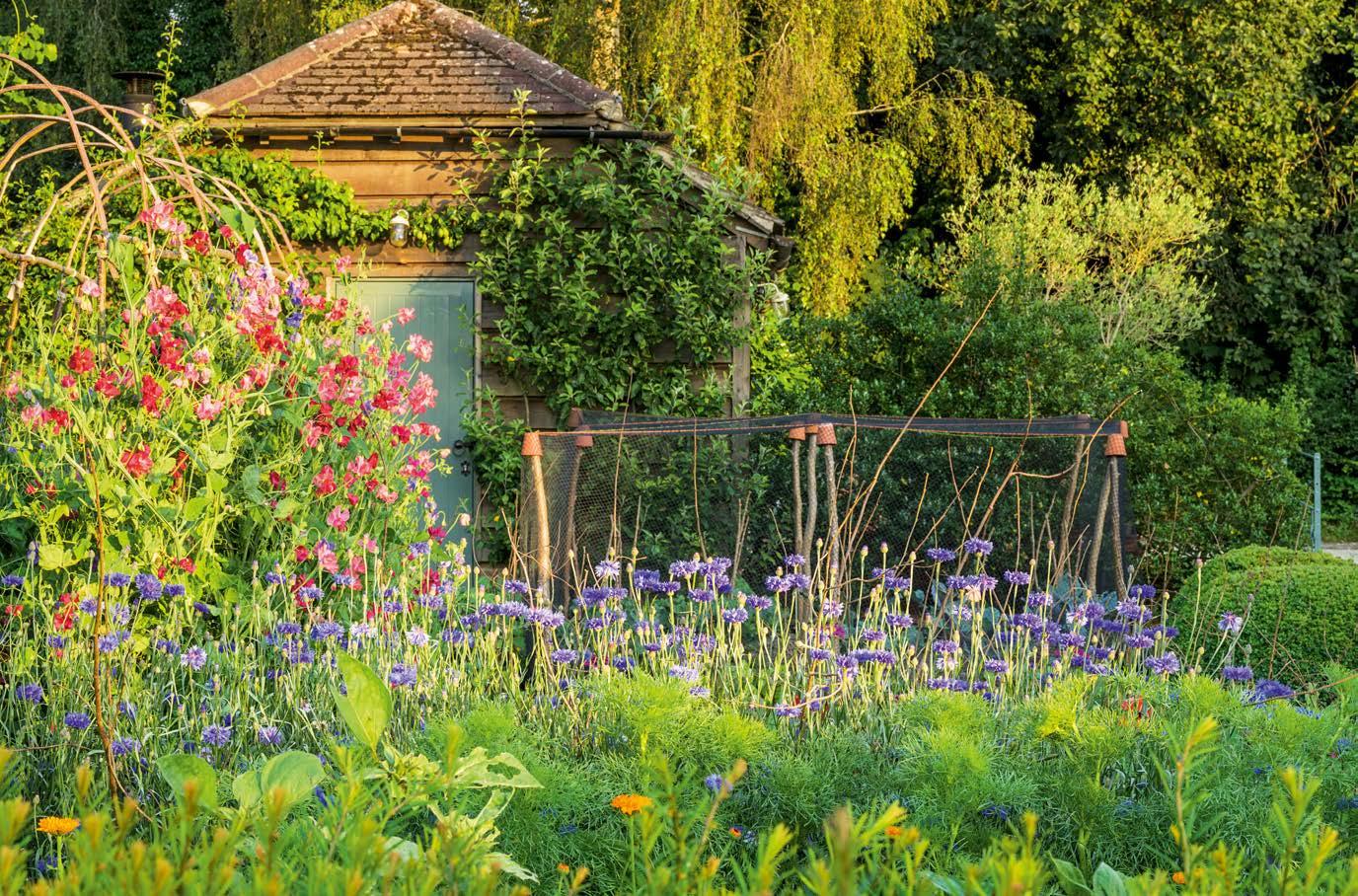
This once-flowering rose has stood the test of time, remaining a popular choice since it was introduced in 1926. “It’s scented and is one of the first pink roses to bloom in May,” explains Ian. “Its flowers hang like bells and it’s good for walls and rustic buildings.” It can reach 7.5m, so it needs space and support as well as full sun.
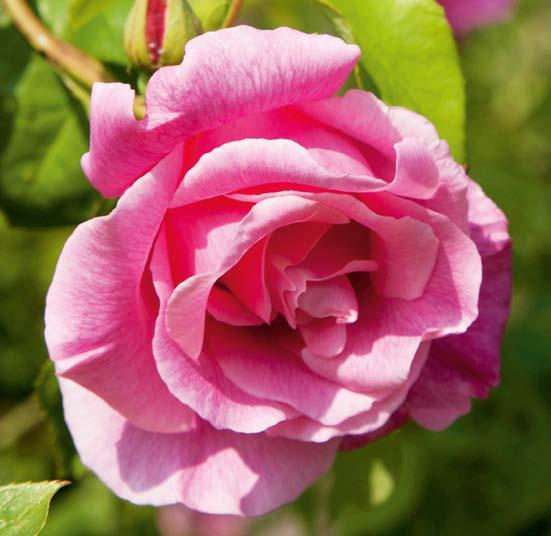
This climbing Bourbon rose was introduced in 1843 and named after Château de Malmaison, where Empress Josephine tended a rose garden. It’s a repeat-flowerer, and Ian points out its superb fragrance with sweeter notes. Its quartered flowers appear from June to November, and it reaches around 3.6m in height.
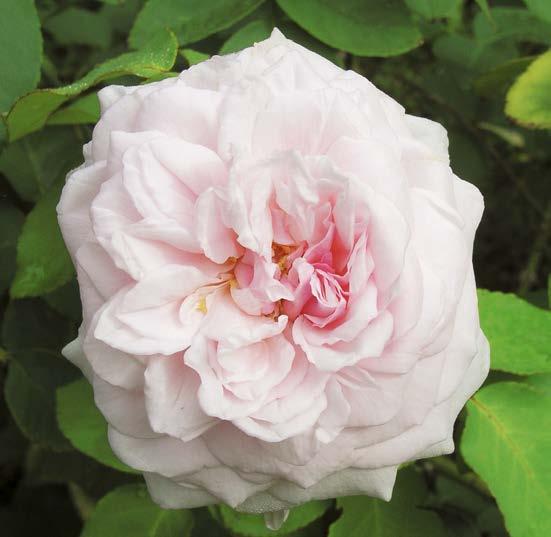
For a deep red climbing rose look no further. “It has a superb fragrance, it’s one of the first reds to bloom and it’s a repeat flowerer,” advises Ian. This climbing hybrid tea makes a strong cut flower and will also tolerate a north-facing wall, where sun is limited. It eventually reaches around 4.5m with a 2.5m spread.
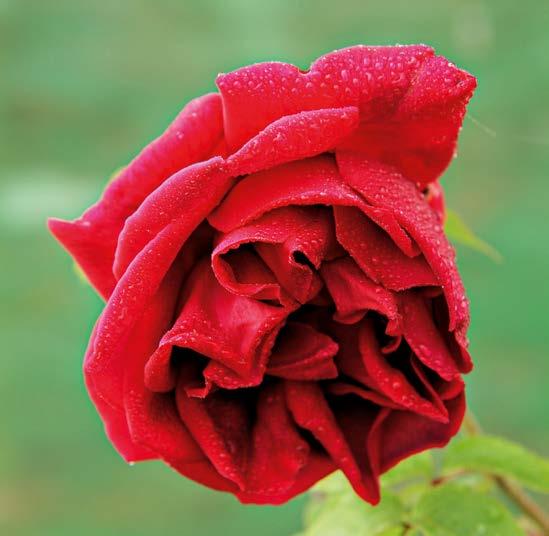
For a timeless, butter-yellow rose to clothe the wall of a building, consider ‘Lady Hillingdon’, an old rose that was introduced in 1877. “It’s repeat flowering and has a fantastic fragrance,” notes Ian, picking up on its classic tea scent. Its new leaves are a rich dark red in spring, which will complement judicious planting nearby.
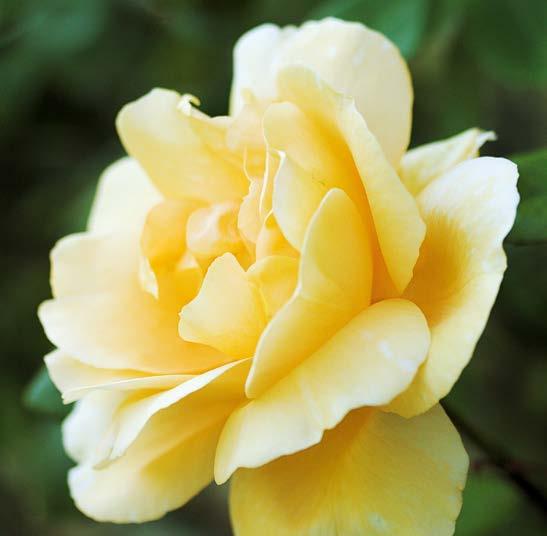
“Grow this modern climber, introduced in 2011, in full sun on a south-facing wall, arch or trellis,” Ian advises, “or train it along a fence.” It is repeat flowering, so expect its deep pink, double, scented blooms to appear from June to October. The foliage is dark green.
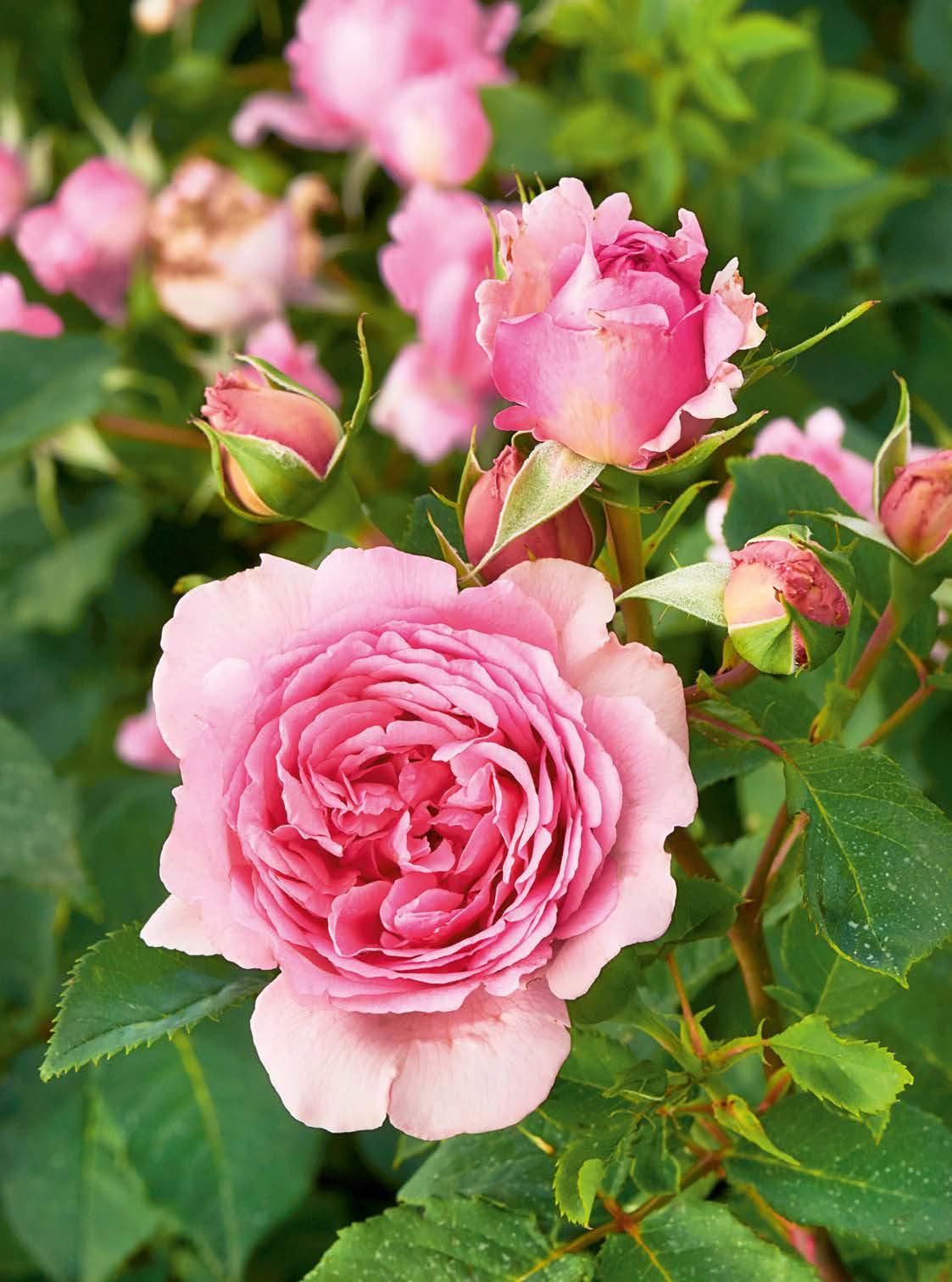
As an expression, ‘flat as a pancake’ usually carries negative connotations – a deflated tyre, an unrisen cake. It’s not something anyone wants to hear said about their garden’s borders. We have moved on from the way traditional herbaceous borders used to be planted, with the tallest plants at the back sloping down to the smallest at the front, instead preferring to mix plants up in a less regimented, rigid way. But ‘flat’ planting, where everything has somehow ended up at the same height or level, can lead to visual monotony.
Rather than replant the entire border, there’s an easy fix to break things up and introduce height: a well-placed obelisk or two will do the trick. Instantly adding style, even when they’re on their own and unclothed by plants, obelisks act as eye-catchers and relieve the repetitive uniformity of one-level planting. In a larger border, regularly spaced repeated obelisks make for a truly dynamic design.
Below left Clematis
‘Madame Julia Correvon’, a perfect candidate for growing up an obelisk.
Below right The bright flowers of ipomoea climb a willow obelisk
Bottom right Rosa ‘Open Arms’ is a miniature rambling rose that won’t grow too rampantly.
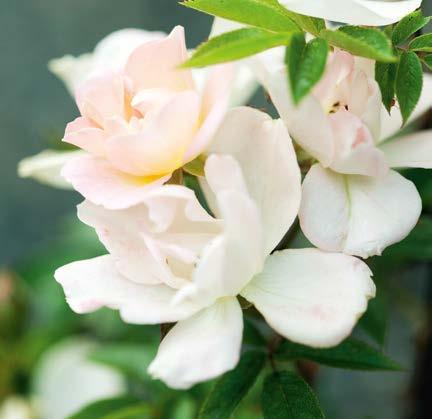
Sturdy, wooden, four-sided obelisks add grandeur and can be painted to suit other elements of the garden. Try Andrew Crace (andrewcrace.com), whose pyramidal wooden obelisk comes in small and large sizes, with a decorative lattice infill and turned wooden finial. Oxford Planters (oxfordplanters. co.uk) o er a straight-sided, pillar-shaped Cotswold Obelisk or the slatted London model.
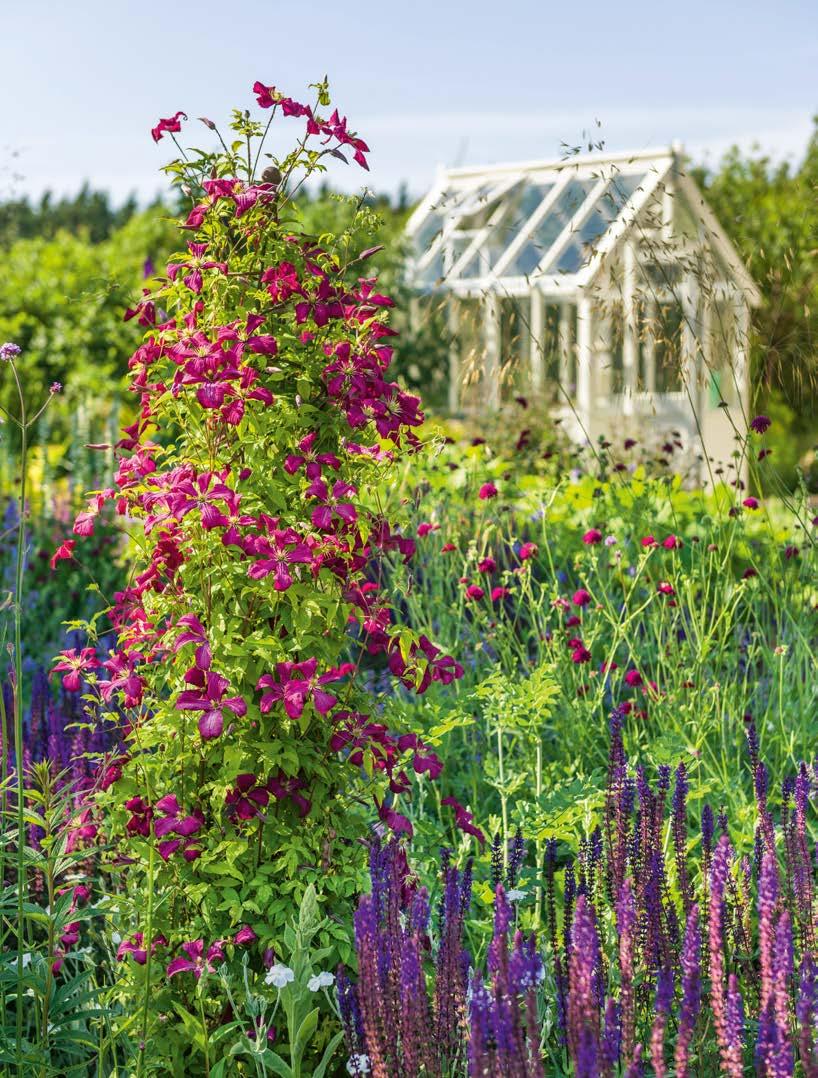
Metal obelisks have the benefit of longevity. They can be left in a border for years without rotting at the base of the legs – a variety of styles from elegant wire designs to chunky steel are available. Agriframes’ range is diverse, from pointed pyramidshaped obelisks to those with curved tops, all available in a variety of colours (agriframes.co.uk). Try Harrod Horticultural’s Southwold range if you like bold steel (harrodhorticultural.com), or garden designer Janey Auchincloss’s range of blacksmithforged galvanised steel obelisks, which are available through Gedding Mill ( geddingmill.co.uk).
